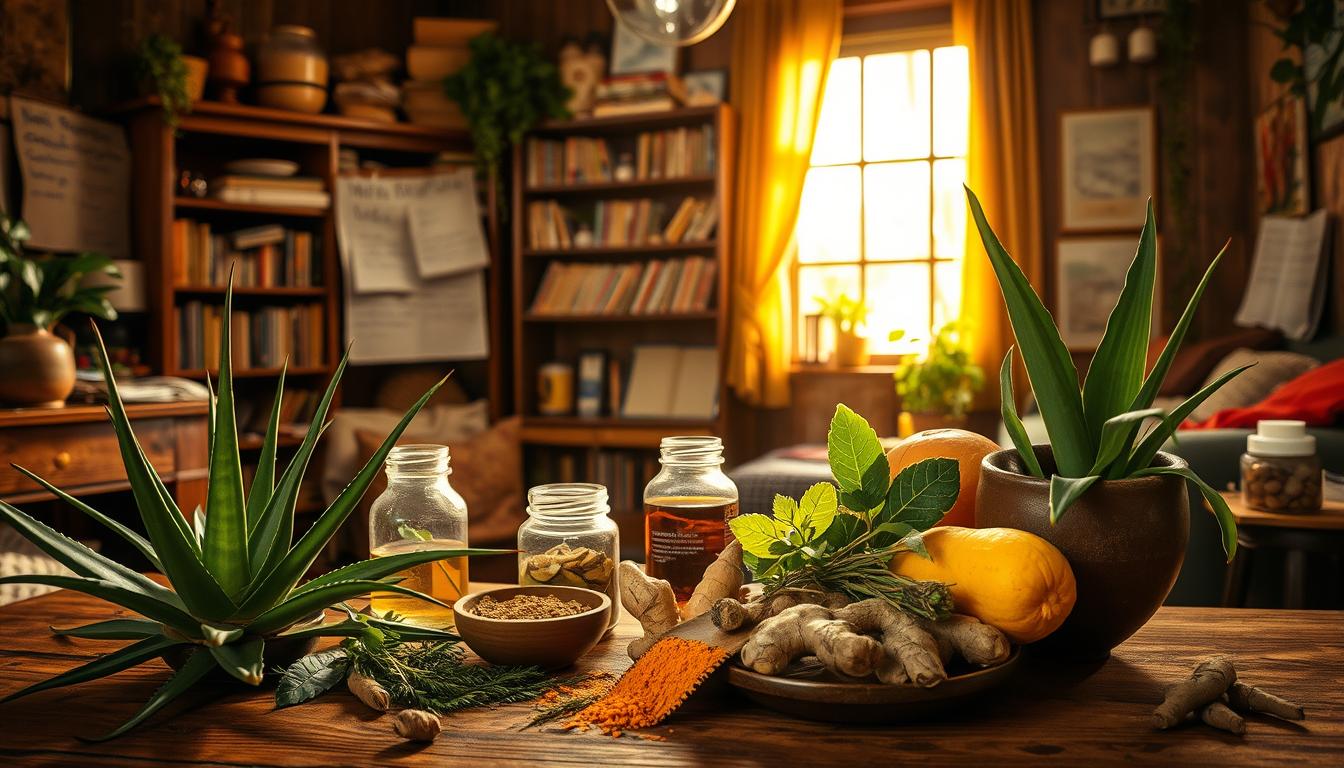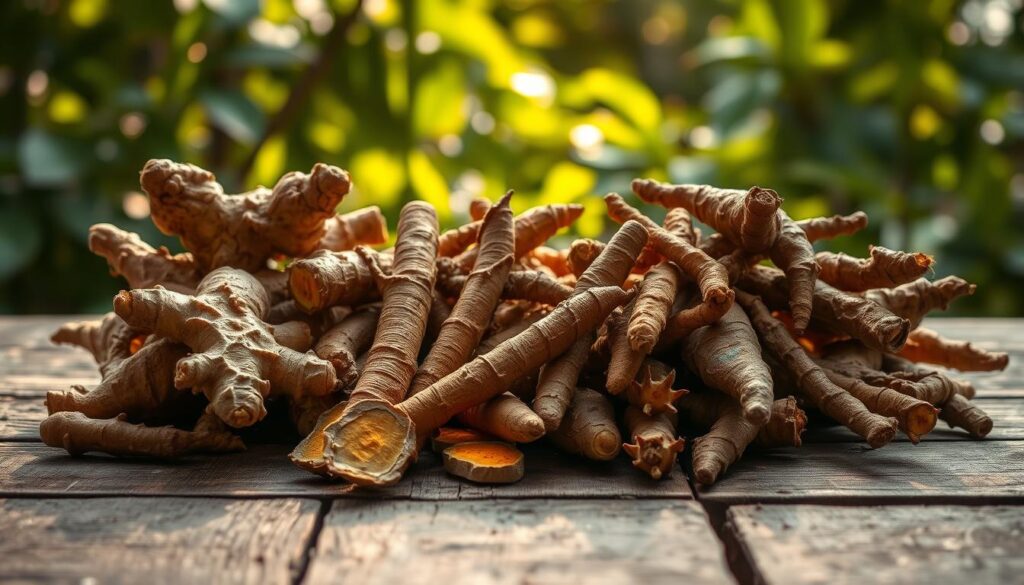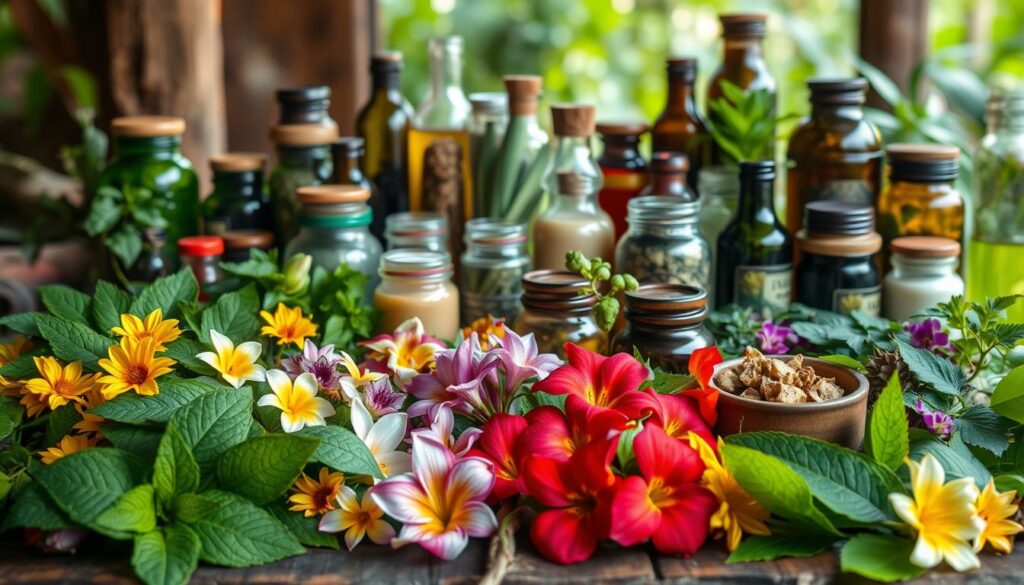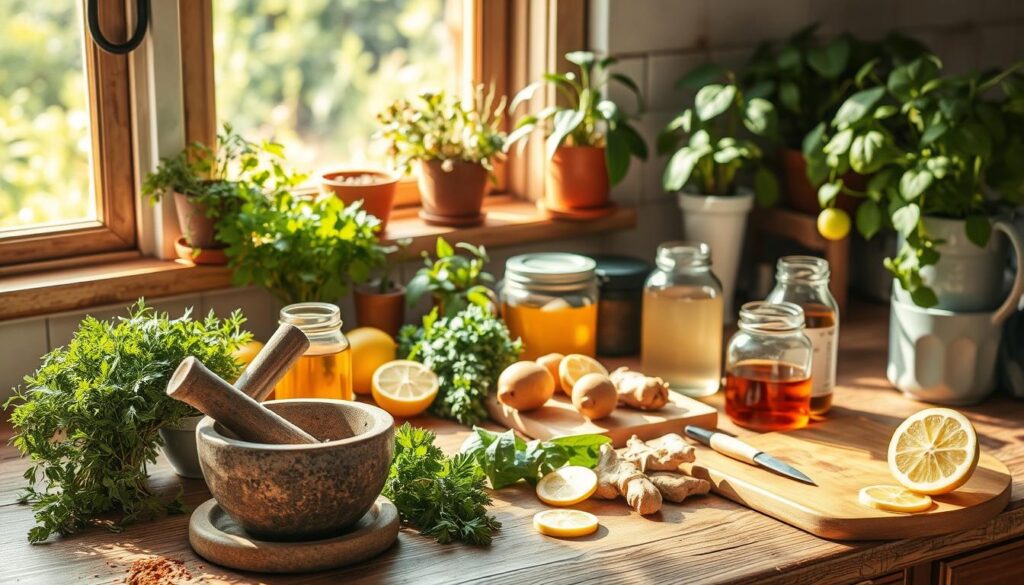Essential Filipino Home Remedies for Common Ailments

Growing up in many households across the Philippines, there’s a shared memory of moms reaching for herbal leaves or preparing steaming bowls of hot water infused with ginger. These practices aren’t just routines—they’re threads in a cultural tapestry woven through generations. Grandmothers still share stories of using guava leaves for wound care or brewing lagundi tea to soothe coughs, blending practicality with love.
What makes these methods endure? For starters, they’re rooted in accessibility. Families often rely on ingredients already in their kitchens or gardens. Steam treatments like tuob (inhaling vapors from boiled herbs) or herbal washes made with water and medicinal leaves require no expensive tools. Even as pharmacies expand, many prefer these time-tested solutions for their simplicity and emotional resonance.
Modern research now backs what tradition has long claimed. Agencies like the Philippine Department of Health endorse plants like sambong for kidney health. Meanwhile, steaming cups of ginger tea or warm compresses using hot water remain staples for colds and muscle aches. This blend of ancestral wisdom and scientific validation offers a comforting bridge between past and present.
Key Takeaways
- Traditional practices use kitchen staples like ginger and guava leaves for everyday health needs.
- Steam therapies and herbal infusions rely heavily on hot water for healing.
- Government agencies recognize the value of plants like sambong and lagundi.
- Cultural heritage shapes trust in these methods despite modern alternatives.
- Remedies are often affordable, easy to prepare, and passed down through families.
Introduction: Embracing Filipino Home Remedies
Across Philippine households, remedies often begin with a trip to the garden or pantry. These methods blend centuries-old wisdom with everyday practicality, creating solutions that feel both familiar and deeply personal. From steamy cups of ginger tea to aromatic herb bundles, each practice carries stories of resilience and care.

What Are These Time-Tested Practices?
Rooted in local flora, these treatments use plants like turmeric and lemongrass for their anti-inflammatory properties. For example, boiling ginger slices into salabat releases compounds that ease sore throats and clear nasal passages during colds. Similarly, pandan leaves steeped in hot water create a calming drink that supports heart health.
Nature’s Answer to Modern Challenges
Many turn to these approaches because they address symptoms without harsh chemicals. A 2022 study noted that 68% of Filipinos use herbal teas like lagundi for respiratory issues. The antioxidant properties in malunggay leaves or calamansi juice boost immunity while providing comfort during seasonal ailments.
These traditions thrive because they’re adaptable. A parent might swap honey into ginger tea for a child’s cough or add garlic to soups for its antimicrobial effects. By understanding plant properties, families create personalized care that feels as nurturing as it is effective.
Cultural Connections: The Roots of Traditional Medicine
Long before pharmacies lined city streets, ancestral healers in the Philippines cultivated a rich tradition of plant-based healing. These methods blended spiritual rituals with practical treatment approaches, creating a holistic system still cherished today.

Historical Significance and Family Traditions
For centuries, families passed down knowledge of herbal decoctions and steam therapies. Elders taught younger generations to boil guava leaves for wound care or brew a cup of turmeric tea to reduce inflammation. This wisdom often flowed through matriarchs, who doubled as household healers.
Consider the ritual of preparing ginger-infused salabat for a sore throat. The act itself—slicing fresh roots, simmering them in water—becomes a gesture of care. As one elder shared: “Every sip carries the warmth of generations.”
| Remedy | Historical Use | Modern Validation |
|---|---|---|
| Herbal Teas | Used since 16th century for respiratory health | DOH recognizes lagundi for cough relief |
| Plant Liniments | Made with coconut oil + medicinal leaves | Studies confirm anti-inflammatory effects |
| Steam Therapy | Cleared sinuses via aromatic herb vapors | Still recommended for congestion |
These practices do more than heal the body. They connect users to ancestors who faced similar challenges. A 2023 survey found 72% of Filipinos still prefer these home remedies for minor ailments, valuing their cultural resonance as much as their efficacy.
Today, preparing a cup of lemongrass tea or applying a garlic poultice isn’t just treatment—it’s an act of preserving heritage. As modern science explores these methods, their role in maintaining the cultural body of knowledge grows clearer.
Essential Filipino Home Remedies for Common Ailments
In kitchens across the archipelago, simmering pots of herbal blends reveal a legacy of healing wisdom. These practices prioritize accessible ingredients and simple preparation methods, offering relief that feels both gentle and effective.

An Overview of Time-Tested Treatments
Many medicinal plants thrive in backyards, ready to address common concerns. Fresh ginger root, sliced and boiled into golden ginger tea, remains a go-to for scratchy throats and seasonal sniffles. Studies confirm its anti-inflammatory properties help reduce throat swelling while warming the body.
Guava leaves serve multiple roles. When boiled, their antimicrobial brew cleanses minor cuts. As a gargle, the same liquid soothes mouth ulcers. “My lola taught me to use what grows nearby,” shares Maricel, a nurse from Cebu. “It’s cheaper than ointments and just as reliable.”
How Natural Remedies Support Health and Wellness
These natural remedies often tackle two issues at once. Turmeric-infused drinks ease joint stiffness through anti-inflammatory properties while boosting immunity. Even steam therapy with eucalyptus clears congestion and relaxes tense muscles.
Consider these examples:
- Ginger tea with honey coats irritated throats while fighting bacteria
- Lagundi leaf compresses reduce fever while calming coughs
- Calamansi juice mixed with warm water delivers vitamin C and alkalizes the body
Such approaches honor tradition while fitting modern lifestyles. They prove wellness doesn’t require complex formulas—just knowledge passed down through generations.
Key Natural Ingredients and Their Benefits
Kitchens often double as natural pharmacies in many households, stocked with roots, herbs, and fruits that multitask as flavor enhancers and healing agents. These ingredients form the backbone of time-tested treatments, offering solutions that balance tradition with modern wellness needs.

Ginger, Turmeric, and Garlic: Nature’s Medicine Cabinet
Fresh ginger root shines in combating nausea and sore throats. Its anti-inflammatory properties reduce swelling, while its warmth soothes cold symptoms. Turmeric’s golden hue comes from curcumin, a compound shown to ease joint pain and support immunity.
Garlic acts as a natural antibiotic. Crushing cloves releases allicin, which fights bacteria in wounds or respiratory infections. “A clove a day keeps infections away,” says Lola Rosa, a traditional healer from Batangas.
Herbal Plants: Lagundi, Sambong, and Akapulco
Lagundi leaves remain a top choice for cough relief. Boiled into tea, they loosen mucus and calm airways. Sambong supports kidney function by flushing excess fluids, while akapulco leaves treat fungal infections when applied as a paste.
Household Staples: Honey and Calamansi
Raw honey coats throats and speeds wound healing with its antibacterial enzymes. Mixed with calamansi juice—packed with vitamin C—it creates an immune-boosting tonic. This citrus blend also alkalizes the body, balancing pH levels naturally.
| Ingredient | Key Benefits | Common Uses |
|---|---|---|
| Ginger | Reduces inflammation, eases nausea | Teas, steam inhalations |
| Lagundi | Clears respiratory congestion | Herbal decoctions |
| Honey | Fights bacteria, soothes irritation | Cough syrups, wound dressings |
These plants and pantry items prove effective because they’re versatile. Families can adapt recipes while maintaining core benefits. Whether steeped, crushed, or mixed, they deliver medicine that’s as accessible as it is potent.
DIY Remedies: From Your Garden to Your Kitchen
Your backyard and kitchen shelves hold surprising potential for crafting natural treatments. With simple techniques, everyday plants transform into soothing solutions for minor health concerns.

Crafting Herbal Teas and Infusions
Begin with fresh ginger slices simmered in water. Add oregano leaves during the last two minutes of boiling to create a steam-infused brew. Strain and stir in honey for throat-soothing relief.
Try this recipe:
- Boil 2 cups water with 1 tbsp chopped ginger
- Add 8-10 oregano leaves after reducing heat
- Steep 5 minutes before adding honey
The oregano’s rosmarinic acid combats inflammation, while ginger eases nausea. “Adjust sweetness with more honey for kids,” suggests traditional healer Lola Rosa.
Preparing Natural Liniments and Compresses
For muscle pain, infuse coconut oil with arnica flowers. Warm the mixture using a double boiler method to preserve healing properties. Apply gently to sore areas.
Create a steam compress:
- Boil water with eucalyptus leaves
- Soak a clean cloth in the warm liquid
- Wring out excess and place on stiff joints
Comfrey leaves mashed into paste speed wound healing. These remedies let you control ingredients while avoiding synthetic additives.
| Remedy Type | Key Ingredients | Benefits |
|---|---|---|
| Ginger Tea | Fresh ginger, honey | Reduces nausea, clears sinuses |
| Oregano Infusion | Oregano leaves, steam | Fights bacteria, eases coughs |
| Arnica Liniment | Arnica flowers, coconut oil | Relieves muscle pain |
| Comfrey Compress | Comfrey leaves, warm water | Heals skin irritations |
Experiment with ratios and combinations. The best remedies often emerge through personalized tweaks to traditional formulas.
Integrative Approaches: Blending Tradition with Modern Care
Healthcare providers are now bridging centuries-old practices with clinical treatments to create balanced care strategies. This fusion allows patients to benefit from both evidence-based medicine and nature’s toolkit, particularly for managing colds and bacterial infections.
Combining Ancient Wisdom with Current Healthcare
Modern clinics increasingly recommend ginger tea alongside antiviral prescriptions during flu season. The warmth and anti-inflammatory properties of ginger soothe sore throats while medications target viral loads. Similarly, doctors suggest adding calamansi juice to water for its vitamin C boost, enhancing immune responses against infections.
A 2023 WHO report highlights how 42% of Southeast Asian hospitals now incorporate herbal advice into treatment plans. For example, postoperative patients might receive lagundi leaf extracts to reduce inflammation while antibiotics prevent bacterial growth.
| Approach | Traditional Method | Modern Support | Benefits |
|---|---|---|---|
| Cold Relief | Ginger steam inhalation | Paired with decongestants | Faster mucus clearance |
| Infection Care | Calamansi juice tonics | Used alongside antibiotics | Enhanced bacterial resistance |
| Immune Support | Turmeric-infused broths | Complemented by zinc supplements | Balanced nutrient intake |
Families find this blend practical. When a child develops a cold, parents might administer pediatrician-prescribed syrup while offering honey-laced ginger tea. “The dual approach speeds recovery,” notes Manila-based Dr. Santos. “Natural remedies ease symptoms, letting medications work more effectively.”
This synergy also addresses antibiotic resistance. Oregano juice, known for fighting bacteria, can reduce reliance on pharmaceuticals for minor cuts. However, experts emphasize following medical advice for severe cases to prevent complications.
Tips for Safe Preparation and Use of Natural Remedies
Natural solutions offer gentle relief but require thoughtful handling to maximize benefits. Whether using fresh herbs or pantry staples, proper techniques ensure these medicines remain effective and safe for daily use.
Guidelines on Dosage and Application
Always measure ingredients precisely. For example, steep 5-7 eucalyptus leaves per cup of boiling water for steam therapy—exceeding this may irritate airways. “Natural doesn’t mean risk-free,” warns herbalist Dr. Elena Cruz. Test topical treatments on small skin areas first to check for reactions.
During flu season, limit ginger tea to 3 cups daily for adults. Children under 12 should receive half-strength brews. Avoid applying menthol-based solutions near eyes or broken skin to prevent irritation.
Proper Storage and Handling of Ingredients
Preserve potency by storing dried eucalyptus in airtight jars away from sunlight. Fresh herbs like oregano last longer when wrapped in damp paper towels inside fridge drawers. Discard cloudy herbal oils—they may harbor bacteria.
Families managing seasonal flu can prep immunity-boosting tonics in advance. Freeze calamansi juice in ice trays for portion-controlled doses. Label all homemade medicines with preparation dates to track freshness.
- Keep essential oils out of children’s reach
- Use clean utensils when handling herbal pastes
- Consult doctors before mixing natural and pharmaceutical treatments
These practices help families maintain tradition while prioritizing safety. When prepared mindfully, nature’s solutions become reliable allies in wellness journeys.
Conclusion
The fusion of ancestral knowledge and modern research creates a powerful toolkit for everyday wellness. Time-tested ingredients like ginger and lagundi leaves continue to prove their value, offering relief that’s both gentle and effective.
These natural solutions address immediate discomfort while building resilience against infection. A warm cup of turmeric tea soothes sore joints today and strengthens immunity for tomorrow. Studies confirm what families have long observed—plant-based care works.
Balancing tradition with professional healthcare guidance ensures safer outcomes. Herbal compresses might ease muscle pain, but severe infection still requires medical attention. This dual approach honors heritage while prioritizing science.
From respiratory support to skin health, these practices remain relevant across multiple areas of well-being. Their adaptability lets households customize care using pantry staples or garden-grown ingredients.
As interest grows in holistic healthcare, these methods bridge generations and geographies. Explore them mindfully—not as replacements, but as partners in nurturing all areas of health. After all, wellness thrives where wisdom meets innovation.





